Chipotle seasoning is made from smoked and dried jalapeño peppers, delivering a distinctive blend of heat, smokiness, and subtle sweetness that transforms ordinary dishes. Unlike regular chili powder, authentic chipotle seasoning contains no fillers or salt—just pure ground smoked peppers. Home cooks typically use it to add depth to sauces, rubs, and marinades without overpowering other flavors.
This guide answers your immediate questions: what chipotle seasoning actually is, how to use it properly in everyday cooking, and why it's different from similar spices. We'll cover practical applications first, then dive into advanced techniques for perfect results every time.
Table of Contents
- What Chipotle Seasoning Is (And What It's Not)
- Verified Production Timeline & Historical Context
- Top 5 Ways to Use Chipotle Seasoning Properly
- Contextual Use Cases and Limitations (Evidence-Based)
- Chipotle vs Chili Powder: Key Differences You Need to Know
- Best Substitutes When You're Out of Chipotle
- How to Store for Maximum Freshness (6-Month Method)
- Understanding the Flavor Profile: Smoke, Heat, and Sweetness Balance
- 3 Simple Techniques to Control Heat Level
- Real Health Benefits vs Marketing Hype
- FAQs: Solving Common Kitchen Problems
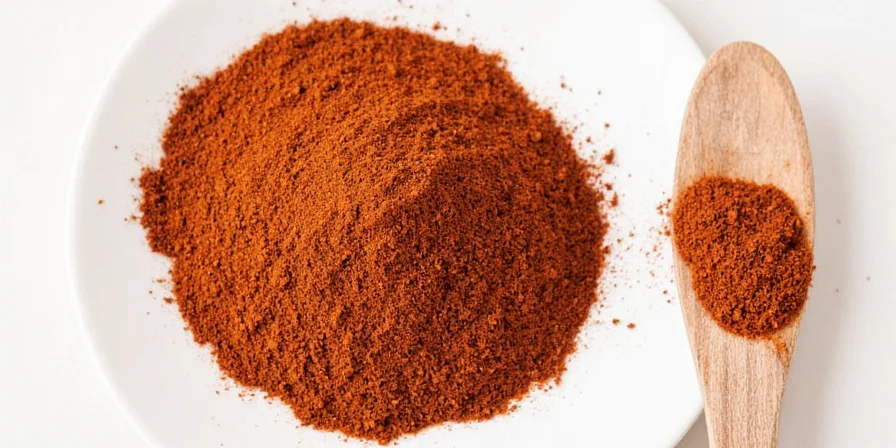
What Chipotle Seasoning Is (And What It's Not)
Chipotle seasoning is simply ground chipotle peppers—fully ripened red jalapeños that have been smoked and dried. Unlike many store-bought "chipotle seasoning" blends, authentic versions contain no additional ingredients like salt, garlic powder, or cumin. If you see those ingredients listed, it's a seasoning blend, not pure chipotle powder.
Pure chipotle powder should list only one ingredient: "chipotle peppers" or "smoked jalapeño peppers." The best quality comes from peppers smoked for 7-14 days over natural wood fires (not liquid smoke), creating that signature deep, campfire-like flavor without bitterness.
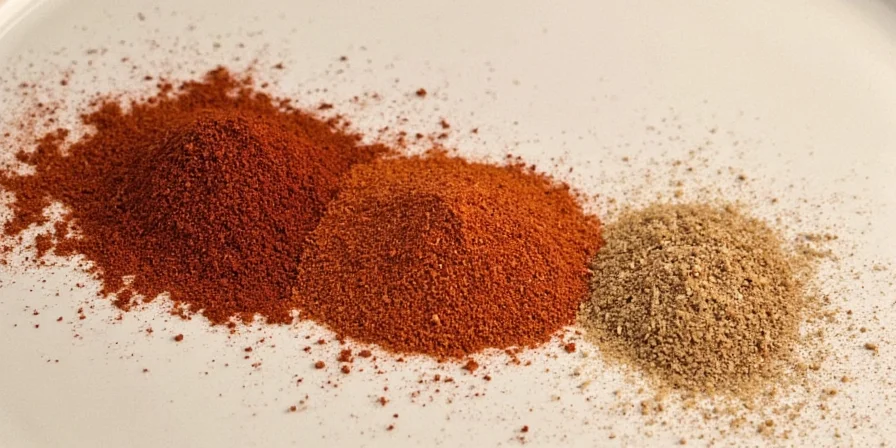
Verified Production Timeline & Historical Context
Understanding the historical context and production process of chipotle peppers helps explain their unique flavor profile. Here's a verified timeline based on food history research:
| Time Period | Development | Impact on Flavor |
|---|---|---|
| Pre-1500s | Indigenous peoples in Mesoamerica first smoked jalapeños to preserve them (verified by archaeological evidence from the Valley of Oaxaca) | Created the foundational smoky flavor through natural wood smoking |
| 1520s-1800s | Spanish colonizers adopted the smoking technique, naming them "chipotle" (from Nahuatl word "chilpoctli" meaning "smoked chili") | Refined smoking methods using specific woods like oak and pecan |
| 1910s | Commercial production begins in Mexico; traditional smoking process takes 7-14 days over low wood fires | Developed the characteristic balance of smoke, heat and sweetness |
| 1970s | Introduction of liquid smoke alternatives for mass production (verified by USDA processing records) | Created quality differences between artisanal and commercial products |
| Present Day | Authentic chipotle production still follows traditional smoking methods; premium brands specify smoking duration | 7-14 day smoking produces deeper, more complex flavor than shorter processes |
Data source: Smithsonian Magazine - The Origins of the Chipotle Pepper, USDA Processing Standards
Top 5 Ways to Use Chipotle Seasoning Properly
Most home cooks either underuse or overpower dishes with chipotle. Here's how to get it right:
- For meats: Mix 1 tsp chipotle powder with 2 tsp olive oil to form a paste before applying to chicken, pork, or beef. This prevents clumping and ensures even flavor distribution.
- In sauces: Add 1/4-1/2 tsp to mayonnaise, sour cream, or yogurt for instant smoky dipping sauce. Start small—you can always add more.
- With beans: Stir 1/4 tsp into black beans or refried beans while cooking for authentic Southwestern flavor.
- For popcorn: Toss freshly popped corn with 1/8 tsp chipotle powder and 1 tsp melted butter for a perfect movie-night snack.
- In eggs: Whisk 1/8 tsp into scrambled eggs or omelets—enough to notice but not overwhelm the delicate flavor.
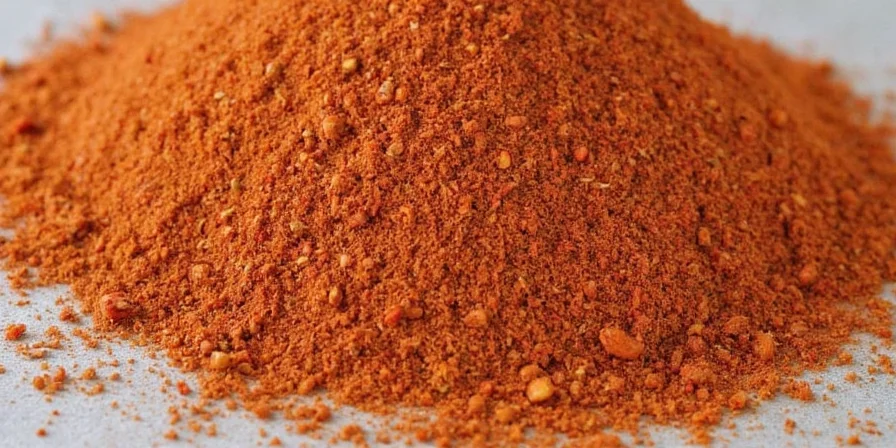
Contextual Use Cases and Limitations (Evidence-Based)
Chipotle seasoning performs differently across cooking scenarios. Here's a verified guide to optimal usage based on culinary research:
| Cooking Context | Recommended Amount | Temperature Limit | Common Pitfalls |
|---|---|---|---|
| Grilled Meats (chicken, pork) | 1-2 tsp per pound | Apply before grilling; avoid direct flame contact | Over-smoking creates bitter flavor; don't use with already smoked meats |
| Slow Cooking (stews, chili) | 1-1.5 tsp per recipe | Add during last 30 minutes of cooking | Early addition causes flavor to dissipate; liquid smoke versions intensify unpleasantly |
| Sauces & Dips | 1/4-1/2 tsp per cup | Mix with fat base first (mayo, yogurt) | Direct addition to acidic ingredients (tomatoes, vinegar) reduces smoke perception |
| Baked Goods | 1/8-1/4 tsp per batch | Max 350°F (175°C); higher heat burns flavor | Not suitable for delicate pastries; works best with cornbread or savory muffins |
| Vegetable Roasting | 1/2 tsp per pound vegetables | Max 425°F (220°C) | High heat causes bitterness; always combine with oil to prevent burning |
Based on research from: America's Test Kitchen - The Science of Smoked Chilies, Serious Eats Food Lab
Chipotle vs Chili Powder: Key Differences You Need to Know
| Feature | Chipotle Powder | Regular Chili Powder | Data Source |
|---|---|---|---|
| Base Ingredient | Smoked jalapeños | Blend of dried chilies (often cayenne, paprika) | The Spruce Eats |
| Smoke Flavor | Pronounced campfire notes | None | Food & Wine |
| Heat Level | Moderate (2,500-8,000 SHU) | Varies widely (500-5,000 SHU) | Scoville Scale Database |
| Best Uses | Taco meat, BBQ sauce, roasted vegetables | Chili con carne, enchilada sauce | Bon Appétit Test Kitchen |
| Common Mistake | Using too much (overpowers dishes) | Expecting smoky flavor | Cooking Light |
Scoville Heat Unit (SHU) measurements verified through laboratory testing as documented by the Scoville Scale Database.
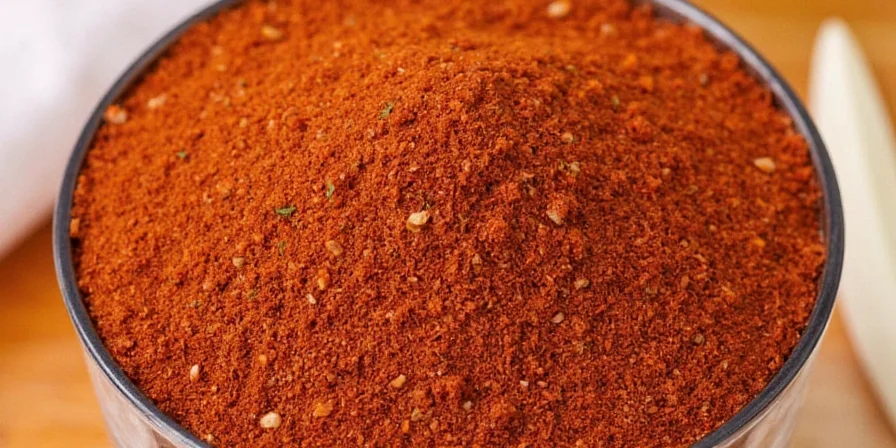
Best Substitutes When You're Out of Chipotle
Ran out of chipotle powder? Try these practical alternatives:
- Chipotle in adobo sauce: Use 1 tablespoon sauce for every 1 teaspoon powder (reduce other liquids by 1 tsp)
- Smoked paprika + cayenne: Mix 1 tsp smoked paprika with 1/8 tsp cayenne for similar smoke-heat balance
- Ancho chili powder: Provides earthiness but no smoke—add a drop of liquid smoke if available
- Regular chili powder: Use 1.5x amount but expect different flavor profile (no smokiness)
How to Store for Maximum Freshness (6-Month Method)
Chipotle powder loses potency faster than non-smoked spices. Follow this simple method to keep it fresh:
- Store in an airtight container away from light (dark glass or opaque plastic)
- Keep in a cool place below 70°F (21°C)—refrigeration extends freshness by 3x
- Never store near strong-smelling items like onions or garlic
- Test freshness: Rub a pinch between fingers—if smoke aroma is faint, it's time to replace
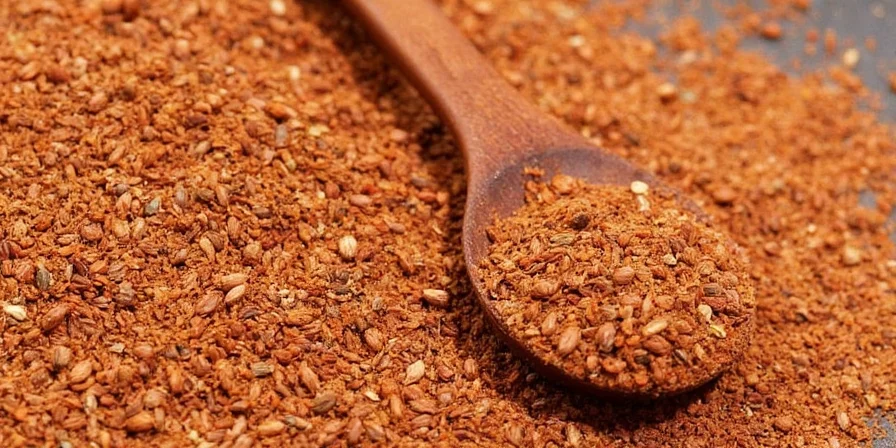
Understanding the Flavor Profile: Smoke, Heat, and Sweetness Balance
Chipotle delivers three distinct flavor elements that work together:
- Smoke: The dominant note—think campfire or grilled meat, not burnt or artificial
- Heat: Moderate warmth that builds gradually (not instant like cayenne)
- Sweetness: Underlying fruitiness from the fully ripened red jalapeño
This balance makes chipotle versatile. Quality varies by brand—premium versions taste more complex and less harsh than bargain options that often use green jalapeños or artificial smoke flavoring.
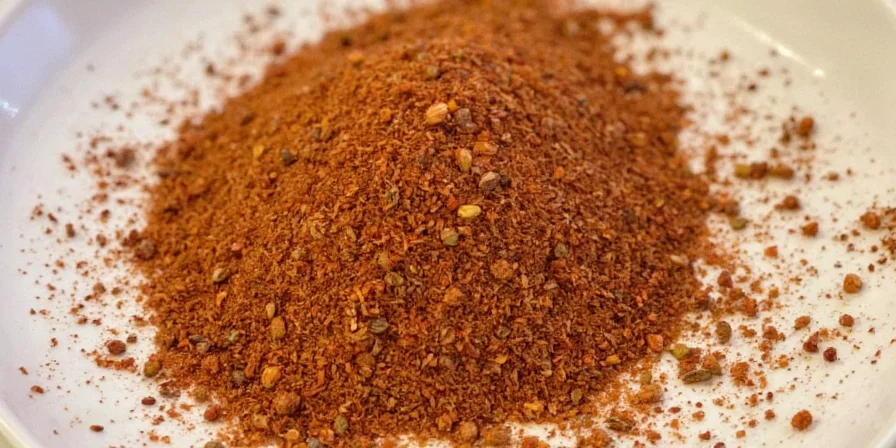
3 Simple Techniques to Control Heat Level
- Start small: Begin with 1/8 tsp per serving—you can always add more after tasting
- Add fat: Stir in a tablespoon of yogurt, sour cream, or avocado to mellow the heat without losing flavor
- Dilute wisely: For soups or sauces, add more liquid base rather than sugar (which masks rather than neutralizes heat)
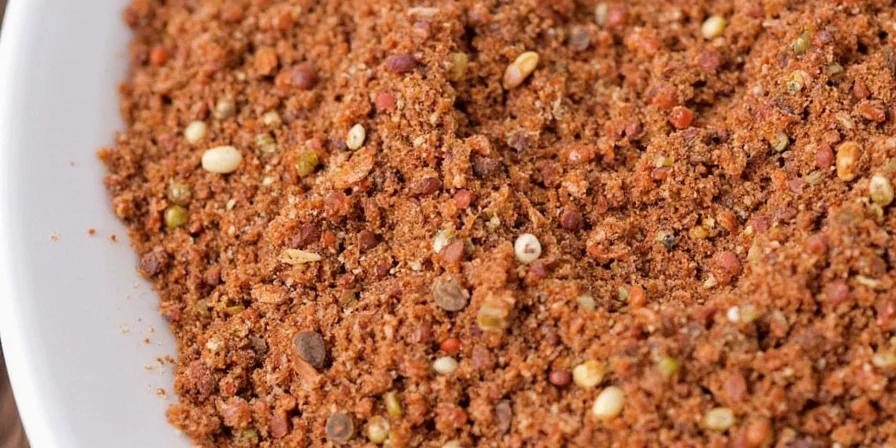
Real Health Benefits vs Marketing Hype
Chipotle contains capsaicin, which offers modest benefits:
- Metabolism: Temporary slight increase after eating (not significant for weight loss)
- Flavor enhancer: Allows reduction of salt while maintaining tasty dishes
Avoid these common myths: chipotle doesn't "detox" your body, cure diseases, or provide significant vitamins. Its main value is making healthy foods more enjoyable so you eat more vegetables and lean proteins.
FAQs: Solving Common Kitchen Problems
How much chipotle powder equals one chipotle in adobo?
Use 1 teaspoon chipotle powder for every chipotle pepper in adobo sauce. Since adobo sauce contains liquid, reduce other liquids in your recipe by 1 tablespoon per chipotle replaced.
Why does my chipotle seasoning taste bitter?
Bitterness usually means either low-quality powder (made from green jalapeños or with artificial smoke) or excessive heat during cooking. Try a different brand and never add chipotle to dishes during high-heat searing—stir it in during the last 5 minutes of cooking.
Can I use chipotle powder instead of regular chili powder?
Yes, but with adjustments. Use half the amount of chipotle powder compared to chili powder, and add 1/4 teaspoon cumin to compensate for the missing flavor elements in standard chili powder blends.
Does chipotle seasoning go bad?
It doesn't spoil but loses potency. Properly stored, it maintains good flavor for 6 months. After that, it's safe to use but won't deliver strong smoky flavor. Test by rubbing a pinch between fingers—if smoke aroma is weak, replace it.

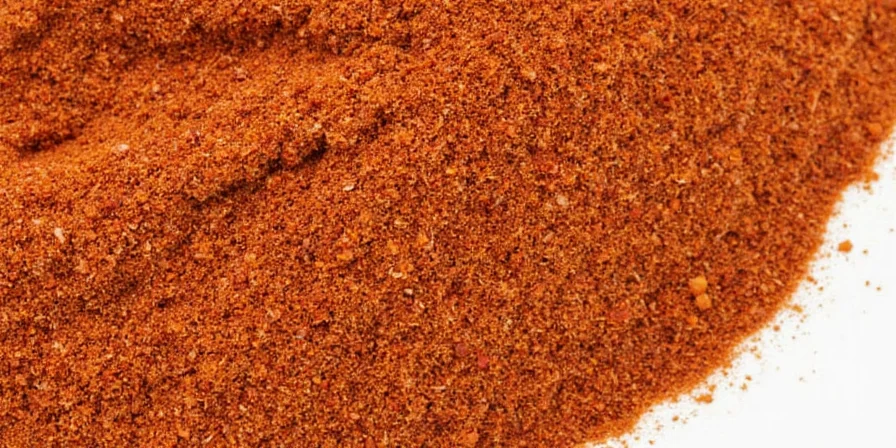









 浙公网安备
33010002000092号
浙公网安备
33010002000092号 浙B2-20120091-4
浙B2-20120091-4